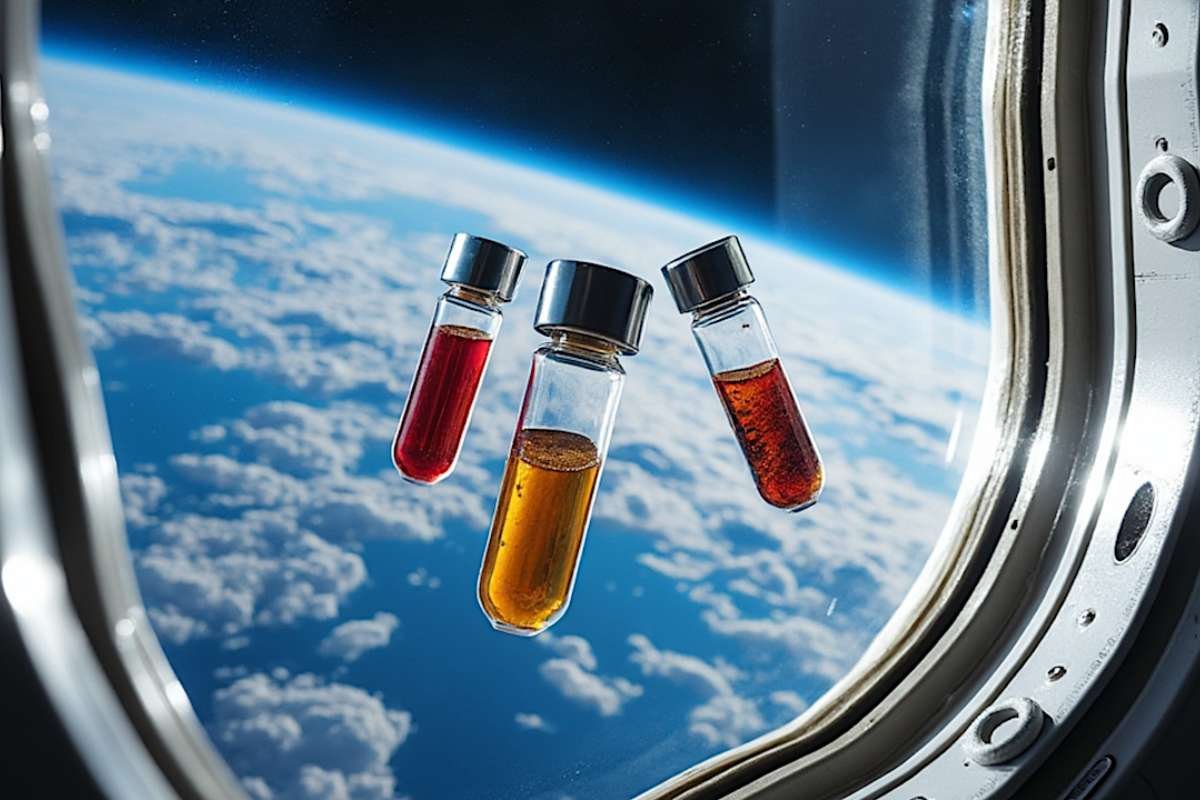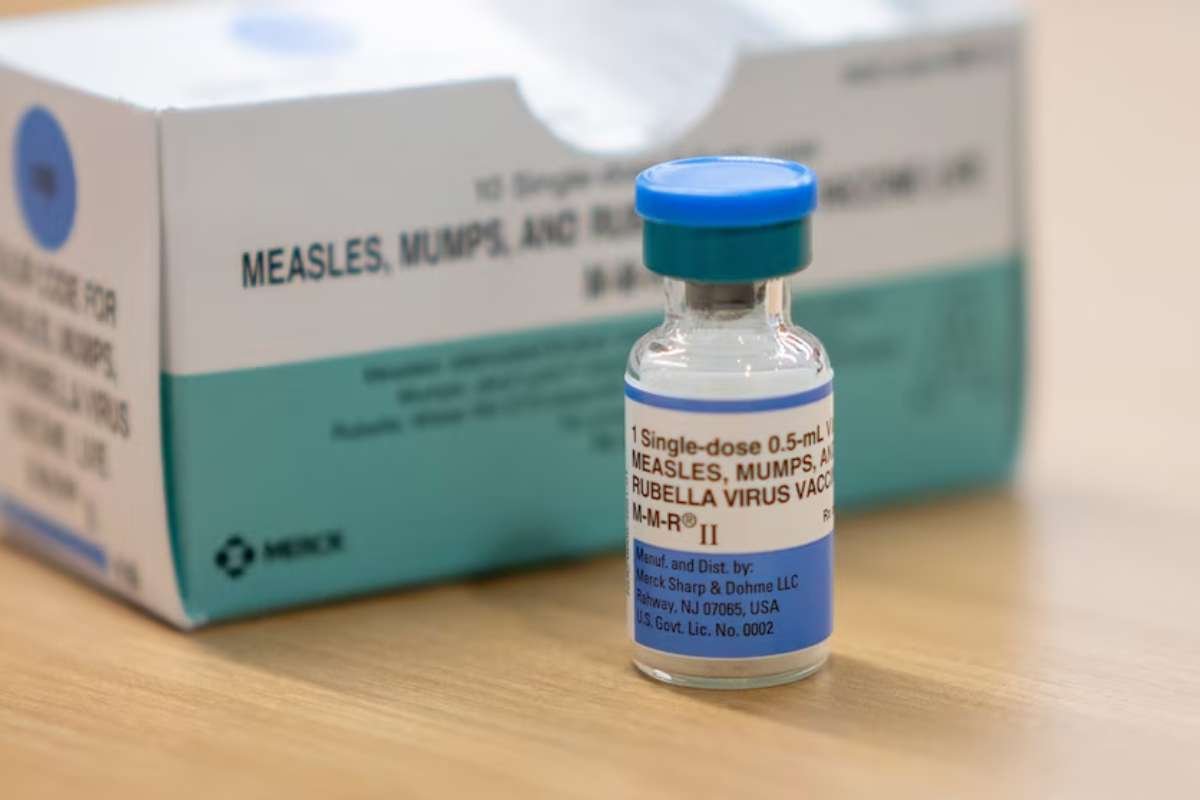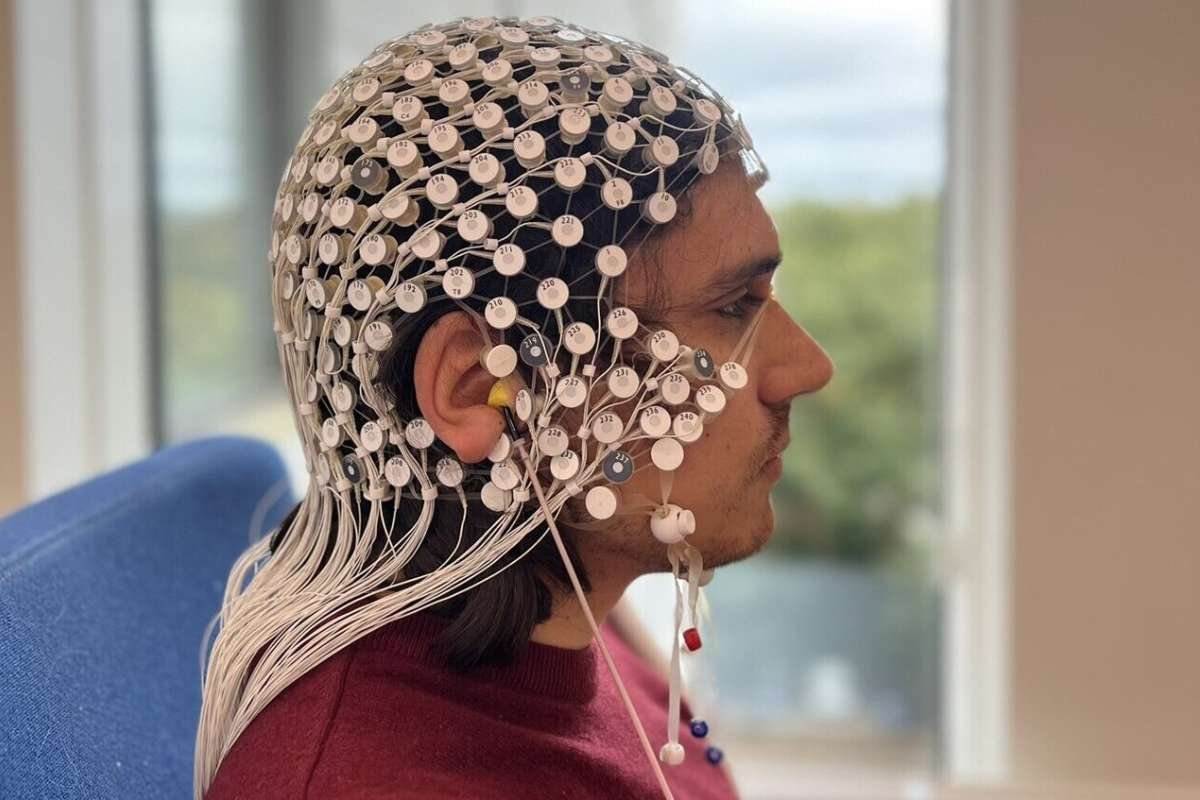AI and Medical Innovations for Space Health
NASA-supported research continues to make significant strides in enhancing astronaut health during spaceflight. As part of its broader NASA space health research initiative, a standout study, led by Dr. A.S. Huang and published in American Journal of Ophthalmology, showcased the use of deep learning models to predict the onset of Spaceflight Associated Neuro-ocular Syndrome (SANS). Using OCT imaging data collected pre- and during space missions, as well as data from Earth-based head-down tilt bedrest studies, researchers trained multiple AI models—including one based on ResNet50 architecture. These models effectively anticipated SANS risk, showing promise for preemptive astronaut care using only preflight scans.
Further advancing NASA space health research, a Polaris Dawn mission study explored the practicality of performing cardiopulmonary resuscitation aboard the Dragon spacecraft. Published in Wilderness & Environmental Medicine, the paper addresses how CPR techniques are adapted for microgravity, adding crucial insight into emergency preparedness during missions. Additionally, a study in Frontiers in Space Technology examined how motion sickness, a common problem for astronauts, affects performance using a Psychomotor Vigilance Task (PVT), emphasizing the need for targeted countermeasures.
Biotech Breakthroughs and Space-Compatible Therapies
In biotechnology, groundbreaking work by Costa-Martini et al., published in Journal of the American Chemical Society, identified a novel natural product targeting bacterial peptide deformylase—an innovative step in fighting antimicrobial resistance. With potential applications in both terrestrial and extraterrestrial medicine, this study contributes significantly to NASA space health research, supported by NASA’s Translational Research Institute for Space Health (TRISH).
Meanwhile, Dr. P. Opdensteinen’s team developed protein-based spherical nanoparticles for delivering RNA interference treatments to nematodes. Their work, featured in Materials Today, lays the foundation for gene-silencing technologies that could be vital for sustainable space agriculture or health solutions in isolated environments. These advances are part of a broader movement supported by NASA and its affiliates to apply Earth-bound science in space-relevant contexts.
Sustainable Space Living and Public Engagement
NASA’s latest Current Awareness List also spotlights studies addressing long-term mission sustainability and public perception. A key article in Life Sciences in Space Research introduced a Model Predictive Control (MPC) approach to enhance the efficiency of regenerative Life Support Systems (LSS). This supervisory control framework could optimize critical subsystems—from water recovery to food production—for extended lunar or Martian missions.
Complementing the technical research, a sociological study published in Acta Astronautica surveyed over 2,000 individuals across nine spacefaring nations to gauge public expectations of space exploration. Findings reveal growing public interest and support, emphasizing the importance of citizen engagement for the future of space missions.
Overall, these papers underscore NASA space health research commitment to fostering innovative, interdisciplinary research that addresses the medical, technological, and societal challenges of space travel. With implications both on Earth and beyond, the agency’s latest initiatives demonstrate how cutting-edge science is paving the way for safer, more sustainable human exploration of space.
Visit The Lifesciences Magazine to read more.






.jpg)
